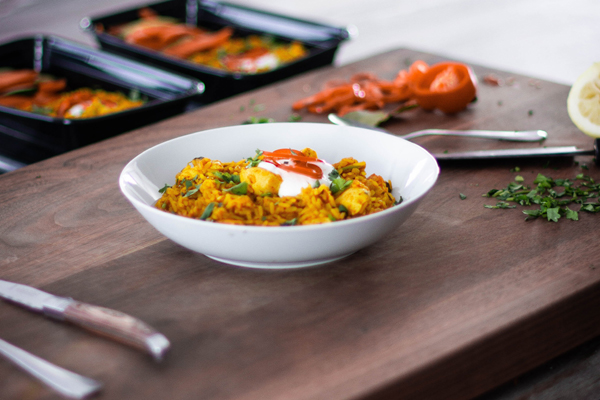1. Smart Meal Planning:
The journey to a zero-waste kitchen begins with careful meal planning. Make a shopping list, prioritize perishable items, and take inventory of your pantry and refrigerator to avoid overbuying. Choose recipes that utilize similar ingredients to ensure everything gets used.
2. Mindful Ingredient Selection:
Opt for fresh, local, and seasonal produce, which not only tastes better but also reduces your carbon footprint. Embrace "ugly" or imperfect vegetables, as they are just as delicious and nutritious as their more aesthetically pleasing counterparts.
3. Proper Food Storage:
Effective food storage is a key element of reducing food waste. Use airtight containers, reusable beeswax wraps, and vacuum-sealing bags to keep ingredients fresh. Label and date leftovers to ensure they are used promptly.
4. Creative Leftover Makeovers:
Transforming leftovers into new dishes is a delightful culinary challenge. Here are some creative makeover ideas:
-
Frittatas and Omelets: Leftover vegetables, herbs, and cheese can become a delicious frittata or omelet. Combine them with eggs for a hearty breakfast or brunch.
-
Stir-Fries: Use leftover proteins like chicken or tofu and a variety of vegetables to create a quick and flavorful stir-fry. Add soy sauce, ginger, and garlic for extra zest.
-
Soups and Stews: Leftover roasted or grilled meats and vegetables are ideal for soups and stews. Simmer them with broth, herbs, and spices for a comforting, hearty meal.
-
Grain and Pasta Salads: Combine leftover grains (like rice or quinoa) or pasta with fresh vegetables, herbs, and a homemade vinaigrette to create refreshing salads.
-
Sandwiches and Wraps: Revamp yesterday's dinner into a tasty sandwich or wrap. Use a variety of fillings, sauces, and condiments to add flavor.
-
Casseroles: Layer leftover proteins and vegetables in a casserole dish with sauce, cheese, and a topping like breadcrumbs or mashed potatoes. Bake for a satisfying one-dish meal.
5. Repurposing Scraps:
Don't discard food scraps prematurely. Get creative with:
-
Homemade Broths: Save vegetable scraps, chicken bones, and herb stems to make homemade broths and stocks. These can be used in soups, stews, and risottos.
-
Compost: Start composting for organic waste that can't be repurposed. Composting enriches soil and diverts waste from landfills.
6. Portion Control:
Serve reasonable portions to prevent uneaten food from ending up as leftovers. It's easy to add more if needed, but reducing waste from oversized servings is a more sustainable practice.
7. Zero-Waste Cooking Tools:
Consider investing in kitchen tools that help minimize waste, such as reusable silicone food storage bags, cloth produce bags, and food processors for turning vegetable scraps into pesto or spreads.
8. Creative Approaches to Stale Bread:
Stale bread can be revitalized as croutons, breadcrumbs, or turned into a delicious panzanella salad. Bread pudding is another sweet option.
9. Leftover Herb Magic:
Leftover herbs can be used in a variety of ways. Make herb-infused oils, herb butters, or herb-based sauces and condiments.
10. Reducing Food Waste in Grocery Shopping:
Choose products with minimal packaging, buy in bulk when possible, and opt for products with a longer shelf life. Bring your own reusable shopping bags and containers to minimize plastic waste.
A zero-waste kitchen is not only an eco-conscious choice but also a creative and fulfilling way to cook. By embracing sustainable cooking practices, repurposing leftovers, and reimagining food scraps, you can reduce food waste and discover the hidden culinary treasures that await in your kitchen. Plus, you'll contribute to a more sustainable, environmentally friendly future.




Comments (0)